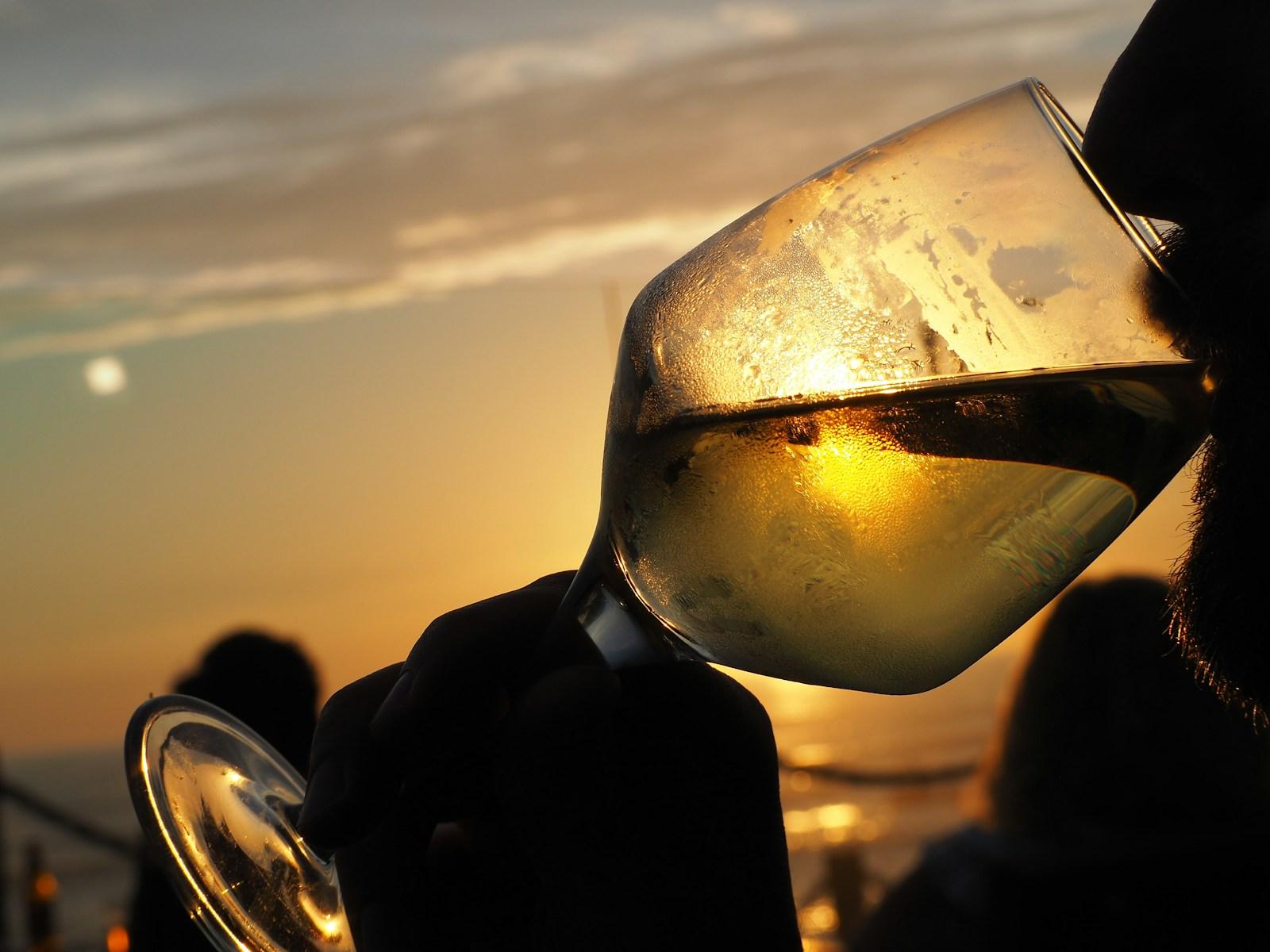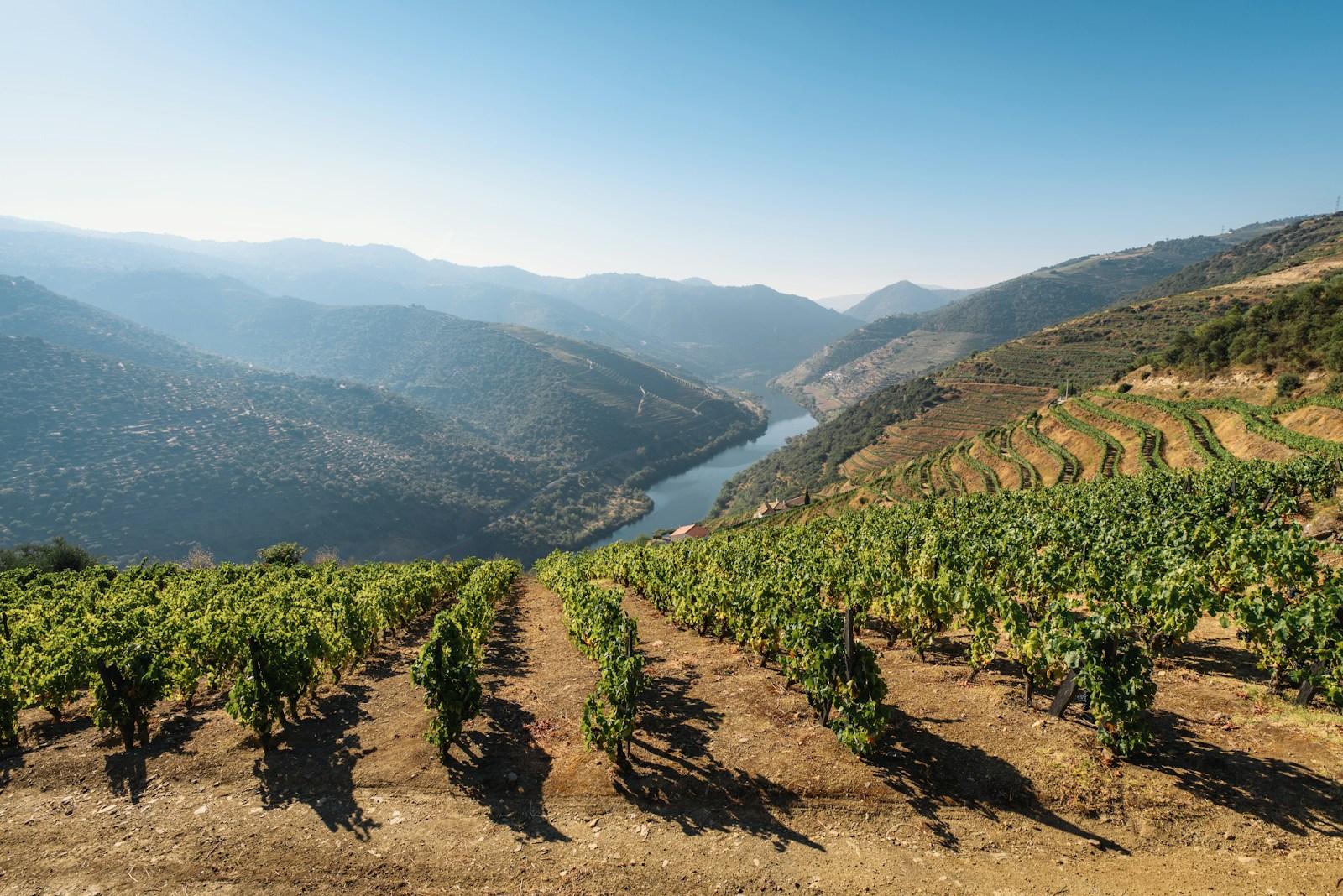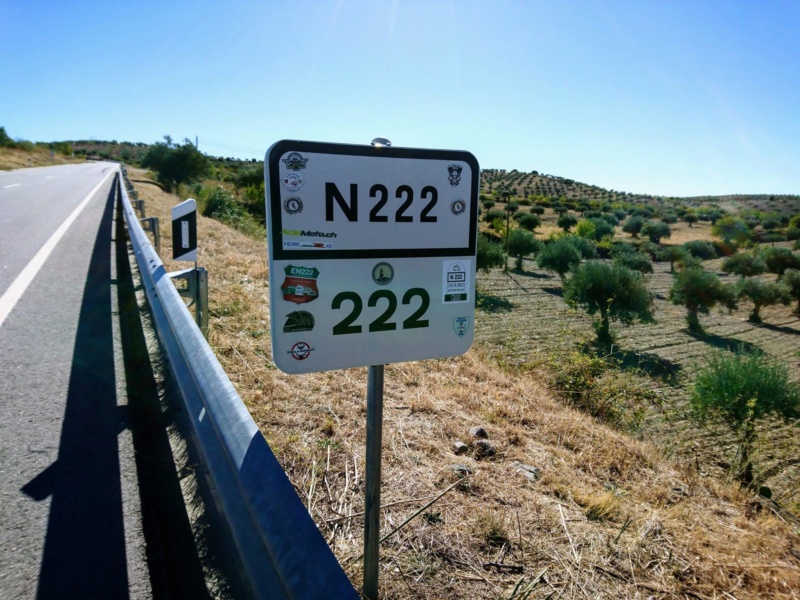Words by Rolando Silva
Introduction: A Journey Poured into a Glass
Portugal has long been synonymous with port and Madeira, but to reduce the country’s winemaking tradition to fortified wines alone is to miss a story written across mountains, valleys, and coastal breezes. This is a land where wine is not simply produced; it is a cultural narrative stretching back over 2,000 years. The Romans brought vines here, monks refined them through the centuries, and today, families still tend their quintas (wine estates) with the kind of reverence usually reserved for sacred relics.
For wine enthusiasts, there’s no better way to understand Portugal than to travel its roads, tracing vineyards from north to south. A road trip across the country means sipping full-bodied reds in the Douro Valley, cooling off with a crisp glass of Vinho Verde in the north, indulging in complex blends from the Dão, and finishing with sun-drenched wines in the Alentejo. This journey is as much about landscapes and heritage as it is about what fills the glass.
So, fill up the tank, grab a notebook for tasting notes, and prepare for a wine road trip that promises both discovery and delight.
Stop 1: Vinho Verde – The Refreshing North

The perfect starting point lies in the lush northwest, where Portugal kisses the Atlantic. Here, the Vinho Verde region delivers wines that feel like bottled summer. The name literally means “green wine”, not because of its color but because of its youthful character. Expect crisp whites with a gentle fizz, the kind of wine that pairs beautifully with seafood plucked straight from the coast.
- Signature Grapes: Alvarinho, Loureiro, Trajadura
- Tasting Notes: Zesty citrus, green apple, floral hints, and that subtle sparkle that makes it endlessly refreshing.
- Pairing: Grilled sardines, octopus salad, or the classic bacalhau à brás.
Where to Go
Begin in Monção and Melgaço, near the Spanish border, where Alvarinho reigns supreme. When you go to Quinta de Soalheiro, you can see beautiful mountains and taste Alvarinhos that are just as good as some of Europe’s best white wines. Drive south through the Lima Valley for Loureiro-based wines, stopping at small producers who still harvest by hand.
Travel Tip
Stay in Ponte de Lima, Portugal’s oldest village, where Roman bridges meet riverside cafés. The local pace of life matches perfectly with the leisurely sip of a Vinho Verde.
Stop 2: Douro Valley – Portugal’s Wine Heartbeat

The Douro Valley, a UNESCO World Heritage site and the birthplace of port, is navigable from the verdant north by following the river east. However, don’t just think of fortified wines here — in the past 30 years, the region has also become renowned for its bold reds and elegant whites. Terraced vineyards cascade down the slopes, and driving the winding roads along the river feels like moving through a living, postcard-like landscape.
- Signature Grapes: Touriga Nacional; Tinta Roriz (Tempranillo); Touriga Franca.
- Tasting Notes: Rich blackberry, violet, and smoky spice, with reds often built for aging. Whites offer citrus and mineral freshness.
- Pairing: Hearty stews, game, roasted lamb.
Where to Go
Pinhão is the valley’s beating heart, home to historic quintas like Quinta do Bomfim (linked to Dow’s Port) and Quinta do Seixo (Sandeman). For a boutique experience, seek out family-owned estates where winemakers happily guide you through cellars and pour glasses straight from the barrel.
Roadside Highlight
Take the N222 road from Peso da Régua to Pinhão — often voted one of the most beautiful drives in the world. Vineyards roll into the river below, and at every bend, the Douro reveals itself in a new light.
Stop 3: Dão – The Elegant Secret

Head south into the granite-clad mountains of the Dão, one of Portugal’s oldest demarcated wine regions. Often overshadowed by its more prominent neighbors, the Dão is a hidden gem that produces wines of elegance and finesse. It’s sometimes called the Burgundy of Portugal for its delicate reds and complex whites.
- Signature Grapes: Touriga Nacional (in its spiritual home), Encruzado (a superb white grape)
- Tasting Notes: Silky reds with red fruit and floral tones, whites with nutty, mineral complexity.
- Pairing: Roast pork, creamy cheeses, mushroom risotto.
Where to Go
Visit the town of Viseu, with cobbled streets and medieval charm, then explore nearby quintas such as Quinta dos Roques or Quinta da Pellada. The surrounding forests and cool climate give the wines their structure and longevity.
Travel Tip
Dão is also about the food. Don’t miss the region’s rich stews and the famous Serra da Estrela cheese, creamy and decadent, perfect with a glass of Encruzado.
Stop 4: Bairrada – Sparkling Surprise

On the way to central Portugal, you’ll stumble into Bairrada, a region where bubbles reign. Known for its sparkling wines made using the traditional method, Bairrada also produces powerful reds from the Baga grape.
- Signature Grapes: Baga, Bical, Maria Gomes
- Tasting Notes: Sparkling wines with brioche and citrus notes; reds with earthy, tannic grip; whites that balance fruit and freshness.
- Pairing: Roasted suckling pig (leitão da Bairrada), the region’s culinary claim to fame.
Where to Go
Stop in Anadia to visit wine cellars that specialize in espumante. At Caves São Domingos, you can taste sparkling wines that rival Champagne for a fraction of the price.
Roadside Highlight
Drive through Aveiro, known as the “Venice of Portugal”, with its colorful moliceiro boats and Art Nouveau architecture. A plate of ovos moles, the local sweet, pairs unexpectedly well with sparkling wine.
Stop 5: Lisbon & Setúbal – Between City and Sea

Arriving near Lisbon, the wine story takes on a new character. Just south of the capital lies the Setúbal Peninsula, famous for its fortified Moscatel wines, while nearby Colares and Bucelas produce unique terroir-driven bottles.
- Signature Grapes: Moscatel de Setúbal, Ramisco (Colares), Arinto (Bucelas)
- Tasting Notes: Moscatel offers honeyed orange and spice; Colares reds are salty and savory, grown in sandy soils by the sea; Bucelas whites shine with acidity and lemon zest.
- Pairing: Fresh clams, salted cod fritters, or almond pastries.
Where to Go
In Azeitão, visit José Maria da Fonseca, the pioneer of Moscatel. Colares, near Sintra, is worth the detour to see ungrafted Ramisco vines growing directly in sand — a rarity that survived phylloxera. Bucelas, just north of Lisbon, has long been known as the “Prince of Portuguese wines”.
Travel Tip
Balance tastings with cultural detours such as Sintra’s fairy-tale palaces, Lisbon’s fado houses, and the beaches of Cascais.
Stop 6: Alentejo – Sun, Space, and Bold Flavors

No Portuguese wine road trip would be complete without heading into the vast Alentejo. This region, stretching across rolling plains dotted with cork oaks and whitewashed villages, produces wines that mirror its landscape: generous, warm, and full of character.
- Signature Grapes: Aragonez, Trincadeira, Antão Vaz
- Tasting Notes: Reds are ripe with plum and chocolate; whites are full-bodied with tropical notes; blends dominate, offering balance and complexity.
- Pairing: Grilled black pork, migas (bread-based dishes), or Alentejo lamb.
Where to Go
Évora, a UNESCO city, makes a natural base. From there, explore estates like Herdade do Esporão, where modern architecture meets centuries-old tradition. Boutique producers such as Cortes de Cima push innovation while keeping roots firmly in Alentejo’s soil.
Roadside Highlight
Sunsets in the Alentejo are worth pausing for. The vast skies turn shades of orange and pink, best enjoyed with a glass of red in hand.
Stop 7: Algarve – Sunshine in a Bottle
Often overlooked for its beaches, the Algarve also produces wine. The climate yields ripe, sun-kissed grapes, and while the industry is still growing in reputation, some producers are crafting exciting bottles that capture the essence of southern Portugal.
- Signature Grapes: Negra Mole, Castelão, Arinto
- Tasting Notes: Easy-drinking reds with soft tannins, crisp whites with citrus zest, and rosés perfect for a beach sunset.
- Pairing: Fresh seafood cataplana, grilled prawns, or piri-piri chicken.
Where to Go
Explore vineyards around Lagoa and Lagos, where innovative winemakers are reviving traditions. Adega do Cantor, once owned by Sir Cliff Richard, is one of the most famous.
Travel Tip
The Algarve is your road trip finale — combine vineyard visits with lazy afternoons on hidden coves, where cliffs drop dramatically into turquoise seas.
Planning the Perfect Wine Road Trip
A successful wine road trip is about balance: tastings, landscapes, and culture. Here are some tips:
- Timing: Spring and autumn are ideal. Vineyards are vibrant, the weather is kind, and harvest festivals in September bring the country alive.
- Driving: Portugal’s roads are generally good, but winding vineyard routes require patience. Designate a driver or plan overnight stays at quintas.
- Stay: Many wine estates offer charming guesthouses, blending rustic tradition with modern comfort.
- Pace: Don’t rush. Portugal is best savored slowly, like a well-aged bottle.
Conclusion: A Country in a Glass
Portugal’s wines are a reflection of its soul: diverse, resilient, and deeply tied to the land. A road trip through its vineyards is not simply about drinking; it’s about encountering history, people, and landscapes that shape every sip. From the Atlantic spray of Vinho Verde to the sun-drenched plains of the Alentejo, the journey leaves you richer in taste and spirit.
Therefore, when considering Portuguese wine, one should think beyond Port and Madeira. Think of the Douro terraces glowing at sunset, the refreshing zing of Vinho Verde, the quiet elegance of the Dão, the bubbles of Bairrada, the salt-kissed vines of Colares, the bold reds of the Alentejo, and the sunshine bottled in the Algarve.
Here’s to the road trip that proves, in Portugal, every glass tells a story.





